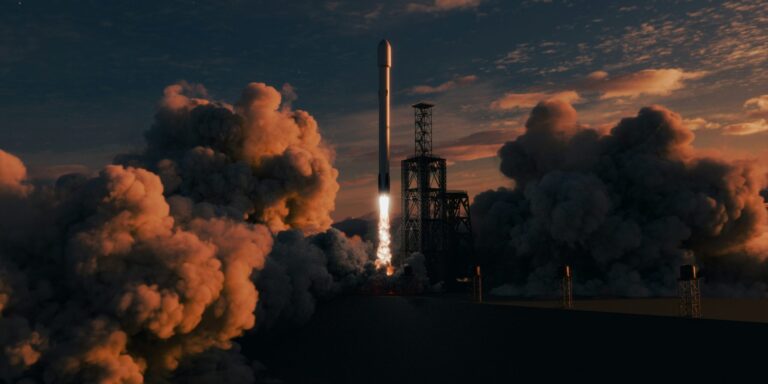NASA and SpaceX’s Crew‑11 mission has ushered in a new era of accessibility for space exploration. Formerly scheduled for liftoff on July 31, 2025, the launch was delayed due to unfavorable weather in Florida and ultimately scheduled for August 1, 2025. Notably, this mission will be the first-ever NASA astronaut flight to stream live on Netflix, as part of a broader syndication of NASA+ content.
NASA+—launched in November 2023 to replace NASA TV—is now available on NASA’s platforms and has expanded its reach through partnerships with major streaming services including Amazon Prime Video and Netflix. This strategic alliance aims to engage a mainstream global audience by delivering live rocket launches, astronaut spacewalks, real‑time views from the International Space Station (ISS), and key mission updates directly into familiar streaming interfaces.
Scheduled to launch aboard a Falcon 9 rocket from Kennedy Space Center’s Launch Complex 39A at approximately 12:09 p.m. Eastern Time, Crew‑11 will transport four astronauts — NASA’s Zena Cardman and Mike Fincke, JAXA astronaut Kimiya Yui, and Roscosmos cosmonaut Oleg Platonov — to the ISS for a planned six‑month stay aboard Expedition 73/74. Docking is expected early on August 2, with first station entry and ceremony to follow.
By streaming Crew‑11 live on Netflix at no added cost to subscribers, NASA is tapping into over 700 million subscribers worldwide. The initiative satisfies the public outreach goals outlined in the Space Act of 1958, broadening access to space exploration beyond niche or technical audience segments.
This syndication approach transforms mission coverage into mainstream entertainment. With launch visuals appearing alongside scripted series and reality shows, space exploration becomes part of everyday media life. As spacecraft ascend through countdown sequences and astronauts conduct spacewalks in real time, viewers from around the world can experience the drama and discovery of flight as if it were prime‑time television.
The move also aligns with broader trends in media consumption. As linear broadcast declines, NASA is adapting by embedding its content within streaming platforms where younger audiences already spend time. NASA+ remains freely available across NASA’s platforms, but syndicating via Netflix ensures wider normalized visibility among general viewers.
NASA+ originally launched in November 2023 as NASA’s central streaming service, gradually replacing NASA TV across platforms such as iOS, Android, Roku, Amazon Fire TV, and Apple TV. Early 2025 saw expansions into FAST channels on Prime Video and now, through the Netflix partnership, a subset of its offerings—including live launches—is available to subscribers worldwide.
Prior in summer 2025, NASA used the platform to broadcast other key missions such as the NISAR satellite and Boeing Starliner‑1. Crew‑11 marks the first astronaut launch covered in this way via Netflix, elevating the collaboration to a symbolic milestone.
Netflix subscribers will find the NASA+ live channel integrated into the service’s main interface—no additional downloads, logins, or fees required. Launch day coverage begins with prelaunch commentary starting around 8 a.m. Eastern, followed by liftoff at 12:09 p.m., and docking coverage during the early hours of August 2. The same live content will also remain available on NASA’s website, mobile app, and YouTube channel, ensuring no user is excluded.
The syndication is expected to increase visibility for NASA-funded missions and build momentum for future endeavors—like Artemis lunar flights and potential missions to Mars. By integrating live space activity into everyday streaming services, NASA hopes to spark STEM interest globally and foster a continuous connection between viewers and space exploration.
In the coming weeks and months, NASA plans to release detailed programming schedules for upcoming launches, mission milestones, and supplemental content—including documentaries and original series tied to its exploration efforts.
This coverage of NASA and SpaceX’s Crew‑11 live‐streaming strategy highlights a pivotal shift in public engagement. By leveraging Netflix’s global platform, NASA is transforming space missions into accessible, mainstream experiences—inviting audiences everywhere to join the countdown.


